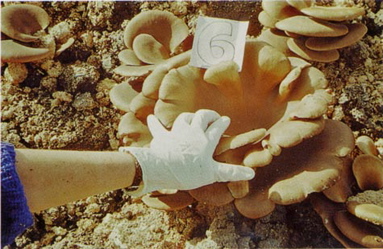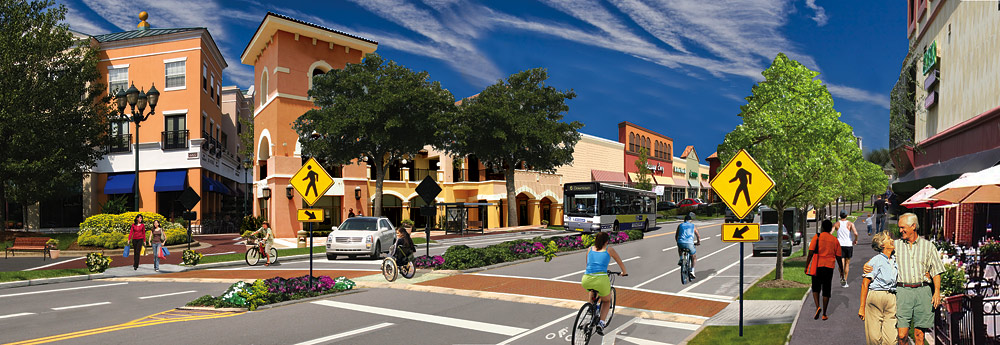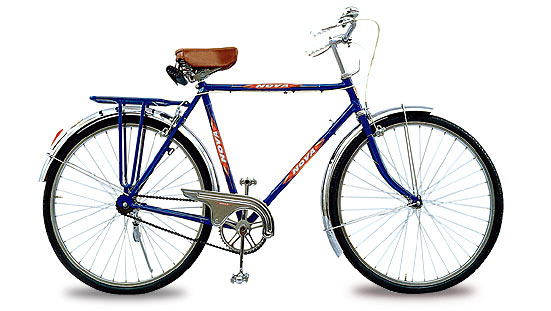image from vancouversun.com
I was just revisiting an interesting article over at regardingplace.com.The author explores some of the lessons learned from Vancouver's natural experiment as a 'transit city' for 17 days, with the whole Olympic situation, new Canada Line, etc. etc.
Here are a few key points that I wanted to share:
Increased transit ridership and fewer cars on the road meant that automobile drivers were happy as well. Many, many drivers told me that traffic everywhere in the city was minimal, with the exception of a few routes into the downtown core. Traffic on the Lion’s Gate Bridge moved smoothly even though it was down to only two lanes.
Bus drivers told me that they were constantly having to slow down, because traffic delays are built into their schedules. With reduced volumes of automobiles, buses ran extremely efficiently.
When people are unfamiliar with transit, they overwhelmingly chose the easiest systems to understand, which were the rail-based systems. Bus ridership was up only a few percentage points. TransLink staff at the SkyTrain stations said that many people only wanted to hear options that involved SkyTrain. The routing of buses was often seen as too complicated, or unappealing for longer distances.And, possibly most signifcantly to Victoria, where the bus is definitely 'the loser cruiser'.
When everyone is riding transit, it becomes more acceptable to the average person. The crowds on the SkyTrain lines didn’t discourage people from riding. On the contrary, it may have actually encouraged more riders. Regardless of what people often say, we like being around other people. But people need to feel comfortable on transit, especially those that rarely take it. Since the transit system was surging with middle-class folks going to Olympic events, it became acceptable for more people to ride.
























